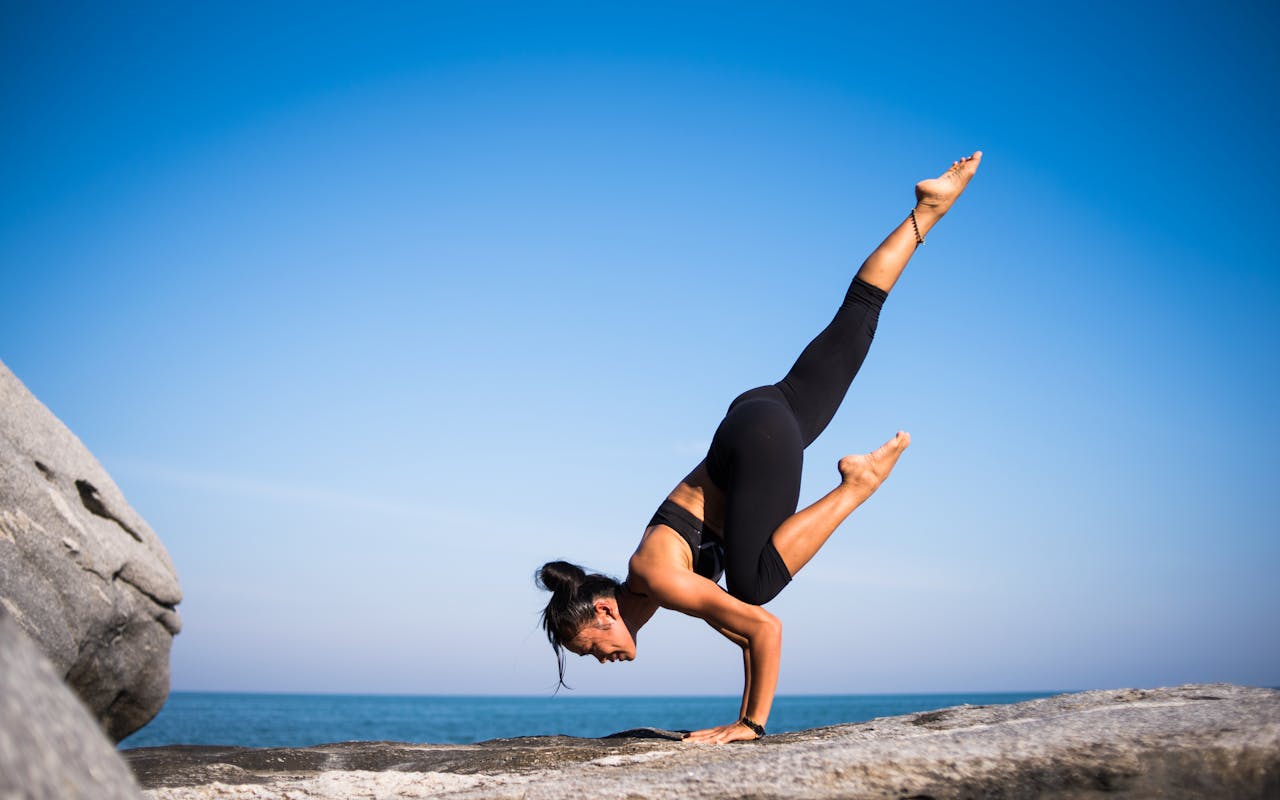Social media has reshaped how wellness brands connect with their audiences, making influencer partnerships a cornerstone of modern PR strategies. Recent data shows that 89% of marketers consider influencer marketing as effective or highly effective, with wellness sector engagement rates outperforming other industries by 3.5%. The challenge lies in selecting the right partners and creating genuine connections that resonate with health-conscious consumers. For wellness brands, the stakes are particularly high – their audiences demand authenticity, expertise, and real results.
PR Overview
Understanding the Micro vs. Macro Influencer Dynamic
When selecting influencer partners, wellness brands face a critical decision between micro-influencers (10,000-50,000 followers) and macro-influencers (100,000+ followers). Data shows micro-influencers achieve engagement rates of 5-8%, significantly higher than the 1-3% typical for macro-influencers.
MyProtein’s successful campaign with certified fitness professionals demonstrates the power of strategic selection. The brand partnered with 50 micro-influencers who were certified trainers, generating 2.3x more engagement than their previous macro-influencer campaigns. This success stemmed from the influencers’ professional credentials and authentic connection with their followers.
For wellness brands starting their influencer programs, a mixed approach often works best. Start with 3-5 micro-influencers to test messaging and product fit, then scale successful partnerships while adding select macro-influencers for broader reach.
Creating Authentic Partnerships That Build Trust
Trust matters more in wellness than almost any other sector. Consumers need to believe in both the products and the people promoting them. Premier Protein’s #PumpkinSpiceYourLife campaign succeeded by focusing on real customer stories and authentic product use, reaching 2.5 million viewers with engagement rates 4x higher than industry averages.
Key elements for building authentic partnerships include:
- Allowing influencers creative freedom with brand guidelines
- Focusing on long-term relationships over one-off posts
- Requiring personal product testing before promotion
- Encouraging honest reviews and balanced feedback
Measuring Impact and ROI
Successful wellness influencer campaigns require clear metrics and consistent measurement. Tools like Social Blade and HypeAuditor help verify audience authenticity and track real engagement.
Essential metrics to track:
- Engagement rate (likes, comments, saves)
- Website traffic from influencer content
- Direct sales through affiliate links
- Brand mention sentiment
- Follower growth rate
Mental wellness app Calm saw a 35% increase in downloads after implementing a data-driven influencer strategy focused on engagement quality over quantity. They tracked not just installation numbers but also user retention rates tied to specific influencer partnerships.
Strategic Content Development
Content strategy makes or breaks influencer partnerships. Successful wellness brands focus on:
- Educational content (workout tutorials, nutrition tips)
- Behind-the-scenes glimpses
- Before/after transformations
- Live Q&A sessions
- User-generated content challenges
Gymshark’s athlete program succeeds through consistent content themes while giving each influencer room for personal expression. Their influencer-led workout challenges average 28% higher engagement than standard promotional posts.
Case Studies: Success in Action
The mental health platform Sharecare partnered with micro-influencers who shared personal mental health journeys, achieving:
- 45% increase in app downloads
- 3.2x higher engagement than industry average
- 67% retention rate after 30 days
Premier Protein’s inclusive campaign featuring diverse voices and real results generated:
- 2.5 million organic views
- 8.7% average engagement rate
- 32% sales increase during campaign period
Wellness brands looking to build effective influencer PR strategies should start small, prioritize authenticity, and measure consistently. Focus on finding partners who truly believe in your products and mission. Build relationships gradually, allowing genuine advocacy to develop naturally. Most importantly, remember that in wellness marketing, trust and credibility take time to build but deliver lasting results when done right.
How To Run Compliant Web3 Influencer Campaigns
Web3 projects face a precarious balancing act: they need influential voices to cut through market...
How AI Is Transforming Influencer Marketing
The influencer marketing industry stands at an inflection point. After years of explosive growth,...
Gaming’s Role in Fitness and Wellness Marketing
The collision of gaming culture and wellness marketing has created something remarkable: a new...




